Basic Technologies
Letterpress printing was a state-of-the-art technology in Japan when DNP was originally founded as a letterpress printing firm. Since then, the company has branched out into various businesses by developing and applying printing technologies. The diverse technologies and expertise that underpin our wide range of printing operations and services are highlighted in the following pages through the example of the processes involved in printing a book.
DNP's Technologies Seen through the Printing Process
Printing Process
Technologies used at this stage of the printing process
-
1
- Project Planning
- Envisioning what output will be printed
Project planning and designing
-
2
- Information Processing
- Preparing the manuscript for printing
Information processing technologies
-
3
- Film and plate making
- Making a printing plate
Micro fabrication technology
-
4
- Printing
- Transferring ink onto paper
Precision Coating
-
5
- Binding and Post-processing
- Folding, gathering, and binding
Post-processing technologies
Multiple pages of a book are printed on large sheets of paper that are folded and layered for binding according to page order. Subsequently, the edges of the pages are trimmed down to final shape. For high-grade bound books with elaborate covers, the pages are enclosed after trimming. The shape of a book matches its function.
Printed pages gathered and bound to form a book
- Folding and gathering
- Printed pages folded and assembled by page number
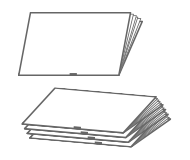
- Binding
- Printed pages are bound and attached to the cover.

Saddle-stitch binding 
Perfect binding - Trimming
- Three sides of the pages are cut according to final dimensions
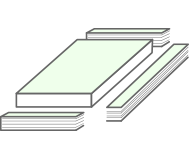
Technologies used at this stage of the printing process
Post-processing technologies
Post-processing technologies/print finishing technologies are derived from various processes that follow the printing press, such as bookbinding. These technologies are applied to make books and other printing products easy to read and suitable for their use and purpose. While the technologies originated in bookbinding, paper cutting and assembly processes, they also led to the development of other processes, including aseptic filling.
Bookbinding technology
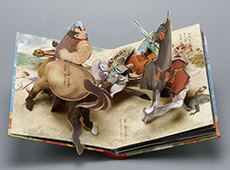
Pop-up picture book Bookbinding is the process of arranging printed pages into book form. Various methods are used for each of the basic steps of folding, binding and trimming the paper, including processes for making pop-up and double-leaved books.
Aseptic filling technology

Aseptic filling system This is a process for filling containers with food or liquids under aseptic conditions. Food and beverages' delicate flavors are preserved without subjecting them to the negative effects of heat pasteurization. This technology also leads to reduce logistic costs as bottle is formed from a test-tube size preform immediately prior to filling.
Plastic molding and forming technology
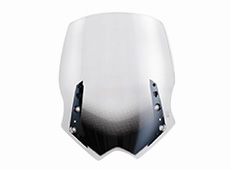
Motorcycle front screen This technology is used to form resin products into 3-dementional, beginning with plastic containers. It is applied to products of all sizes, from small liquid container spouts to large automobile components.
Laminating technology
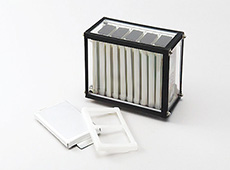
Battery pouch for a lithium-ion battery This technology is used for evenly laminating materials like film, metal and resin. High performance of multiple function, such as water vapor barrier or durability can be imparted.
Transfer processing technology
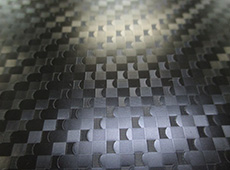
Pattern copied onto decorative film Instead of pressing ink directly to a substrate, printing elements once applied to a carrier film, and then press them against the substrate with heat. The substrate can be plastic, glass, metal or others.
Transfer processing is widely used for decorative film, and also for designing containers and interior components for vehicles.
Technologies that underpin the printing process
-
- Materials Development
- Organic synthesis technology, distribution and mixing technology, color and photosensitive materials and polymeric materials
-
- Evaluation and Analysis
- Analysis planning, analysis technology, process and material diagnosis technology, simulation technology, and analysis information database technology